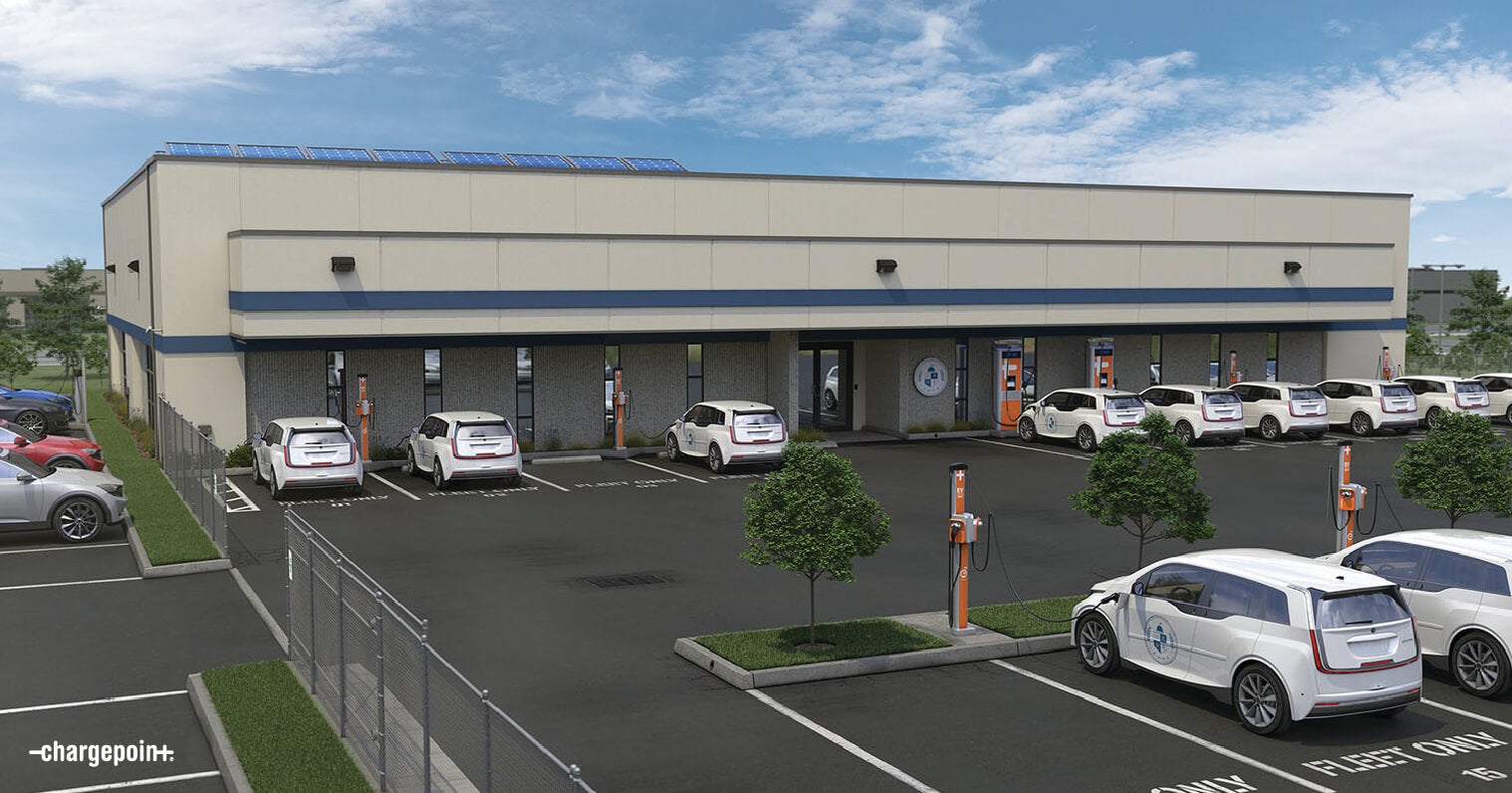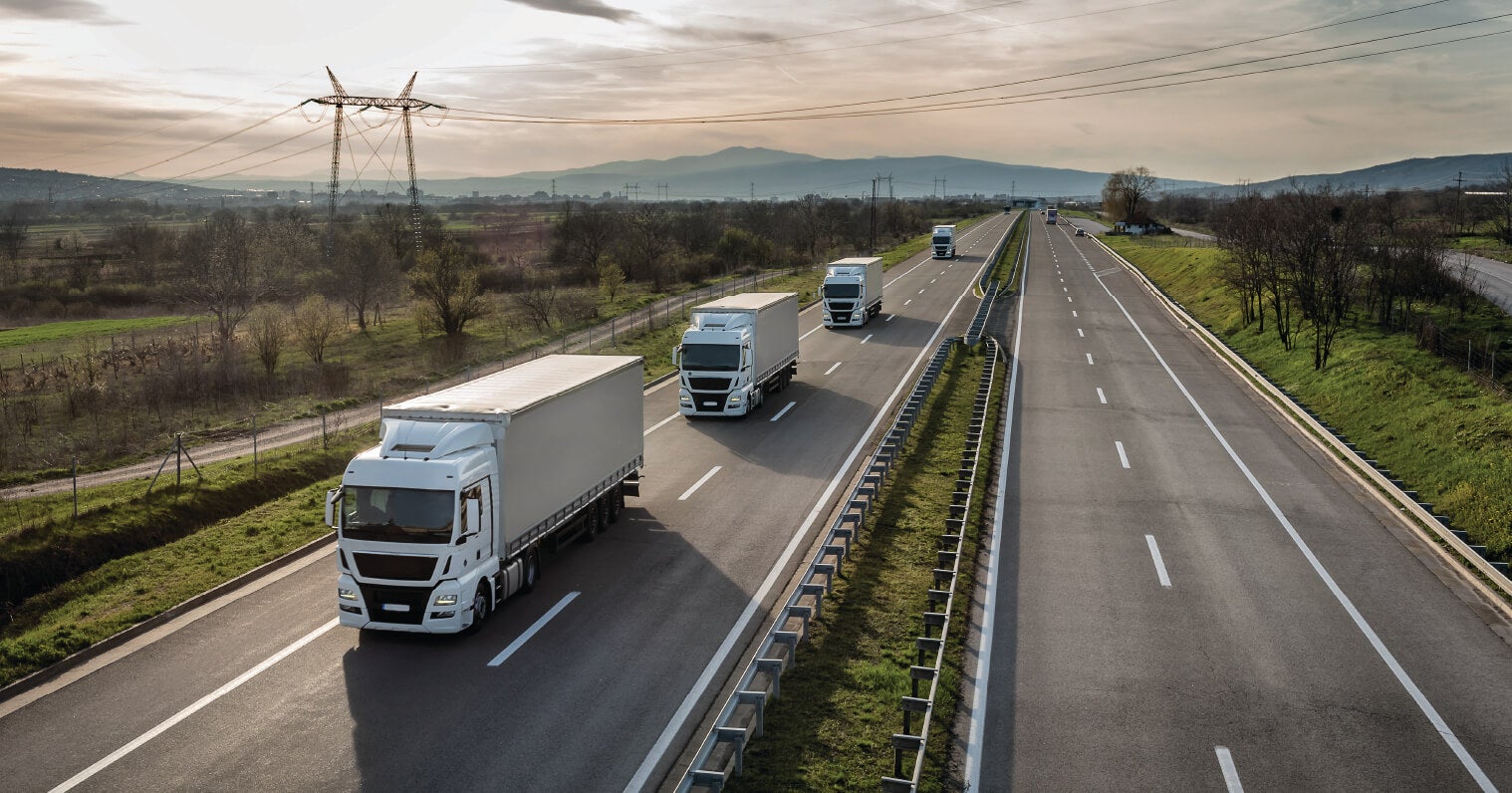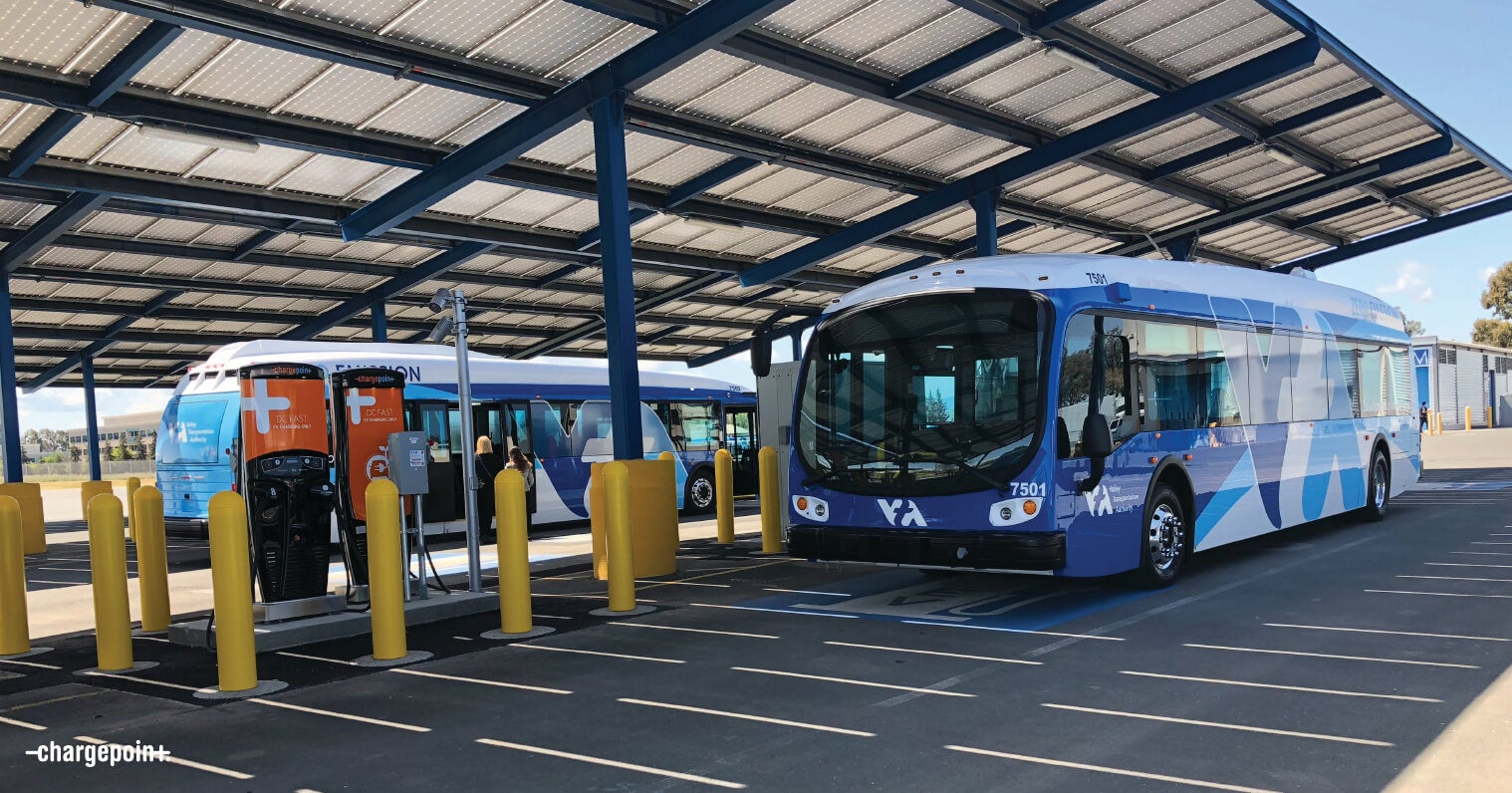
Shelter-in-place orders are lifting across the country, but even when most people were staying at home, many municipal fleet vehicles needed to stay up and running. States and cities nationwide have set ambitious climate and budget goals. Electric vehicles (EVs) represent an important way to reach those goals, as the Climate Mayors Electric Vehicle Purchasing Collaborative shows. But how do you get started with an electric fleet?
Last week, we sponsored a Greenbiz webinar covering how to successfully scale electric municipal fleets, featuring EV fleet experts from around the country. Several common themes emerged, including sustainability as a key motivator for fleet electrification and the need to plan ahead to ensure that charging infrastructure can scale along with your fleet. Here are some highlights from the vibrant discussion.
Any Fleet Can Electrify
Electrification isn’t just for fleets of light-duty vehicles. More and more buses, trucks, vans and heavy-duty vehicles are electrifying. In fact, electric models will make up 67% of all municipal buses by 2040, according to BNEF. That means every municipality will soon start considering how to electrify if it’s not already.
Fleet managers around the country, from New York to Ohio to California and beyond, are working on electrifying all components of their fleets, from passenger vehicles to buses to work vehicles. In nearly every location, funding opportunities are available to support electrification and EV charging. Many panelists obtained funding for their efforts and advise other cities to do the same.
Reasons Range Widely
Nearly every panelist cited sustainability as a major reason for going electric, but it’s by no means the only one. The Port Authority of New York & NJ has committed to a 35% reduction in greenhouse gas emissions by 2025, so EV fleets are a big part of reaching that goal. The City of Columbus has seen significant fuel savings from electrification, cutting annual fuel expenses from $12-13 million annually to just $6.5-7 million. The City of Oakland cites fuel diversification as an important consideration in addition to the environmental and economic benefits of electrification. The price of petroleum-based fuels can change rapidly, but electricity pricing is more stable and predictable, allowing for lower costs and more accurate budgeting.
"We wondered, what could we do instead of continuing to come to the city council with our hat in our hand when gas prices were $3.50 or $4.00 a gallon?"
– Kelly Reagan, Fleet Administrator, City of Columbus

Start Small, but Plan to Scale
Nobody on the panel went from 0 to 10,000 with their EV fleet. Most started with some sort of pilot, whether it was 10, 20 or 30 vehicles. But everyone agreed on one key principle: plan ahead. Richard Battersby from the City of Oakland advised cities to “Go big or go home” when it comes to EV charging infrastructure, installing the capacity and conduit now to enable charging more vehicles later. No matter the size of your fleet now or in the future, you’ll definitely need to install EV charging, which requires a certain amount of electrical capacity, trenching for conduit, plus the chargers themselves.
“You can operate an EV charging station without an EV, but not an EV without a charger.”
– Richard Battersby, Assistant Director, Public Works, City of Oakland
To increase your chances of success with your EV fleet, talk with other fleet managers who’ve already succeeded with similar initiatives. Watch the webinar, join your local Clean Cities Coalition to find colleagues who can advise you and keep in mind that ChargePoint is always here to help.
In addition to talking with experts, involve the right stakeholders within your organization. This might include your fleet manager, sustainability manager, mayor and more. The greater the number of people involved in committing to electrification, the greater the chance for success. You’ll also need to take a look at the data you and your stakeholders already have about existing petroleum-fueled fleet vehicles—what routes do they travel? when are they most active? when are they idle?—and use this to develop your EV fueling plan.
“Planning is not just, ‘I want to start a pilot,’ but ‘What do I want to do over 5 years?’”
– David Breault, Fleet Solutions, ChargePoint
Always keep the long-term in mind. While you want your pilot to be successful, you also want to be able to add more EVs and even electrify your entire fleet someday. This means planning ahead and installing the electrical capacity and/or trenching to support charging many more EVs than you bring on board initially.

Smart Charging Is a Necessity
Of course, as you electrify your fleet, you’ll need EV charging. But not just any charging will do. Smart EV charging provides a wealth of advantages and is a clear requirement for successful fleet electrification. Networked chargers can support power management, which distributes available power among more charging stations and vehicles so you can rely on getting a full charge for your fleet without incurring unnecessary spikes in energy costs. Using a networked solution also enables you to open up your charging stations to the public at certain times and make them fleet only at other times, letting you support sustainable community during the day and count on charging up your fleet at night.
Networked chargers can also connect with other systems you use, such as fleet telematics, to fully integrate your data and enable better planning. Selecting a leading charging provider that offers a complete set of solutions designed to cover all EV charging use cases, from fleets to public charging, can increase your chances of success with EVs in your municipality.
"We also have seen a lot of utility in having a single universe of EV chargers."
– Christine Weydig, Director of Environmental & Energy Programs, Port Authority of New York & NJ
No matter the current size of your electric fleet, you can have a fully electric one someday. For the full story, register to discover best practices from our webinar with EV fleet veterans.
